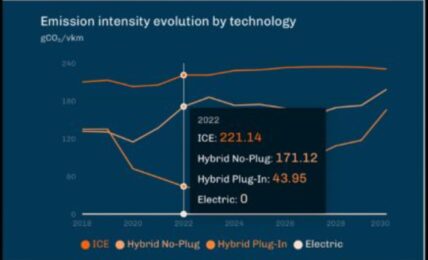Energy giant bp announced today plans for a blue hydrogen production facility, H2Teesside, located in Teesside in north-east England. With production capacity targeted at 1 GW by 2030, the facility would be the largest hydrogen project in the UK.
The development of H2Teesside would mark a significant contribution to the UK’s decarbonization strategy. In November 2020, UK Prime Minister Boris Johnson announced the launch of a 10-point plan for the UK’s Green Industrial Revolution, including billions of pounds of investments in areas including renewable energy, clean mobility and green building initiatives. Low carbon hydrogen generation is a key element of the plan, with the country targeting 5GW of production capacity by 2030.
UK Energy Minister Anne-Marie Trevelyan, said:
“Driving the growth of low carbon hydrogen is a key part of the Prime Minister’s Ten Point Plan and our Energy White Paper and can play an important part in helping us end our contribution to climate change by 2050.
“Clean hydrogen has huge potential to help us fully decarbonise across the UK and it is great to see bp exploring its full potential on Teesside.”
Hydrogen is viewed as one of the key building blocks of the transition to a cleaner energy future, given its ability to act both as a clean energy carrier and fuel, as well as a CO2-neutral feedstock for the production of green chemicals. Despite being the most abundant element in the universe, however, there are no pure hydrogen deposits on earth, and it must be extracted from other materials. The extraction process often creates pollutants and GHG emissions.
Blue hydrogen is produced by converting natural gas into hydrogen and CO₂, which is then captured and permanently stored. bp stated that it has begun a feasibility study into the project to explore technologies that could capture up to 98% of carbon emissions from the hydrogen production process.
Dev Sanyal, bp’s Executive Vice President of Gas and Low Carbon Energy said:
“Clean hydrogen is an essential complement to electrification on the path to net zero. Blue hydrogen, integrated with carbon capture and storage, can provide the scale and reliability needed by industrial processes. It can also play an essential role in decarbonising hard-to-electrify industries and driving down the cost of the energy transition.”
According to bp, a final investment decision on H2Teesside is projected for early 2024, with production beginning in 2027 or earlier. The project would be integrated with the region’s already-planned Net Zero Teesside (NZT) and Northern Endurance Partnership (NEP) carbon capture use and storage (CCUS) projects, both of which are led by bp as operator.
The post BP Planning 1 GW Blue Hydrogen Plant appeared first on ESG Today.



